On the map above:
blue: places to visit that are not section 482
purple: section 482 properties
red: accommodation
yellow: less expensive accommodation for two
orange: “whole house rental” i.e. those properties that are only for large group accommodations or weddings, e.g. 10 or more people.
green: gardens to visit
grey: ruins
For places to stay, I have made a rough estimate of prices at time of publication:
€ = up to approximately €150 per night for two people sharing (in yellow on map);
€€ – up to approx €250 per night for two;
€€€ – over €250 per night for two.
For a full listing of accommodation in big houses in Ireland, see my accommodation page: https://irishhistorichouses.com/accommodation/

donation
Help me to pay the entrance fee to one of the houses on this website. This site is created purely out of love for the subject and I receive no payment so any donation is appreciated!
€10.00
Sligo:
1. Ballymote Castle, County Sligo (OPW)
2. Ballynafad Castle (or Ballinafad), Co Sligo – a ruin, OPW
3. Lissadell House & Gardens, Lissadell, Ballinfull, Co. Sligo – section 482
4. Markree Castle, Collooney, Co Sligo – section 482
5. Markree Castle Home Farm, Collooney, County Sligo – section 482
6. Newpark House and Demesne, Newpark, Ballymote, Co. Sligo – section 482
7. Rathcarrick House, Rathcarrick, Strandhill Road, Co. Sligo – section 482
Places to stay, County Sligo:
1. Annaghmore, Colloony, County Sligo €
2. Schoolhouse at Annaghmore, County Sligo € for 3/4
3. Ardtarmon Castle, Ballinfull, Co Sligo – accommodation
4. Castle Dargan Lodges, Ballygawley, Co. Sligo, Ireland
5. Carrowcullen old Irish Farmhouse, County Sligo
6. Coopershill House, Riverstown, Co. Sligo – section 482
7. Lissadell rental properties, County Sligo
8. Markree Castle, Collooney, Co Sligo – section 482
9. Newpark House and Demesne, Newpark, Ballymote, Co. Sligo – section 482
10. Temple House, Ballymote, Co. Sligo – section 482
Sligo:
1. Ballymote Castle, County Sligo (OPW)
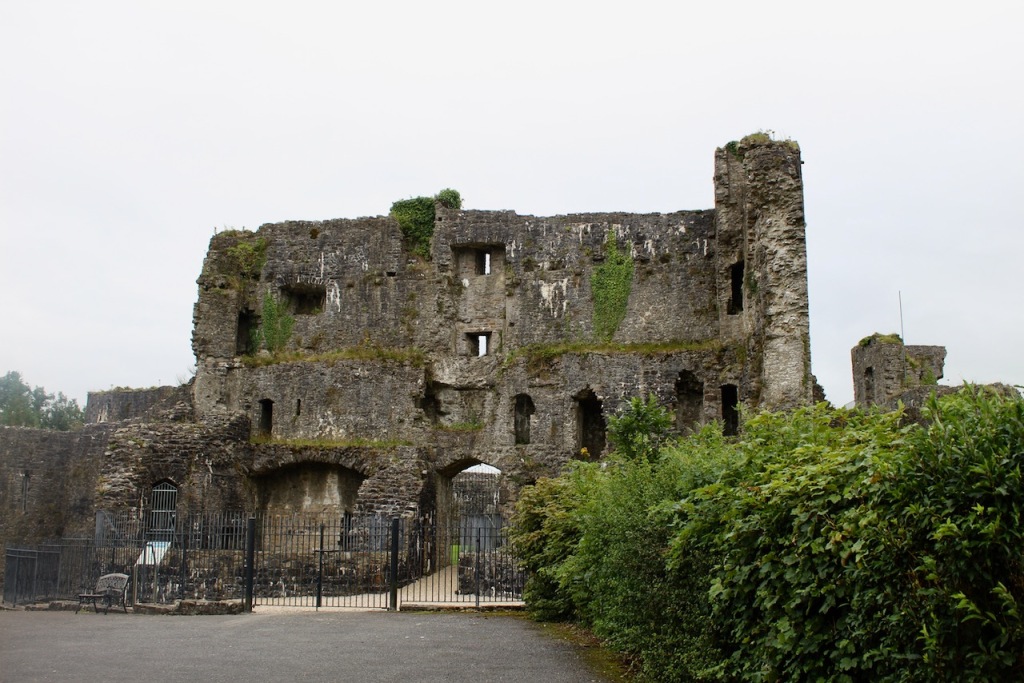
see my OPW entry: https://irishhistorichouses.com/2022/10/31/office-of-public-works-properties-in-connaught-counties-leitrim-mayo-roscommon-and-sligo/
2. Ballynafad Castle (or Ballinafad), Co Sligo – a ruin, OPW
3. Lissadell House & Gardens, Lissadell, Ballinfull, Co. Sligo – section 482
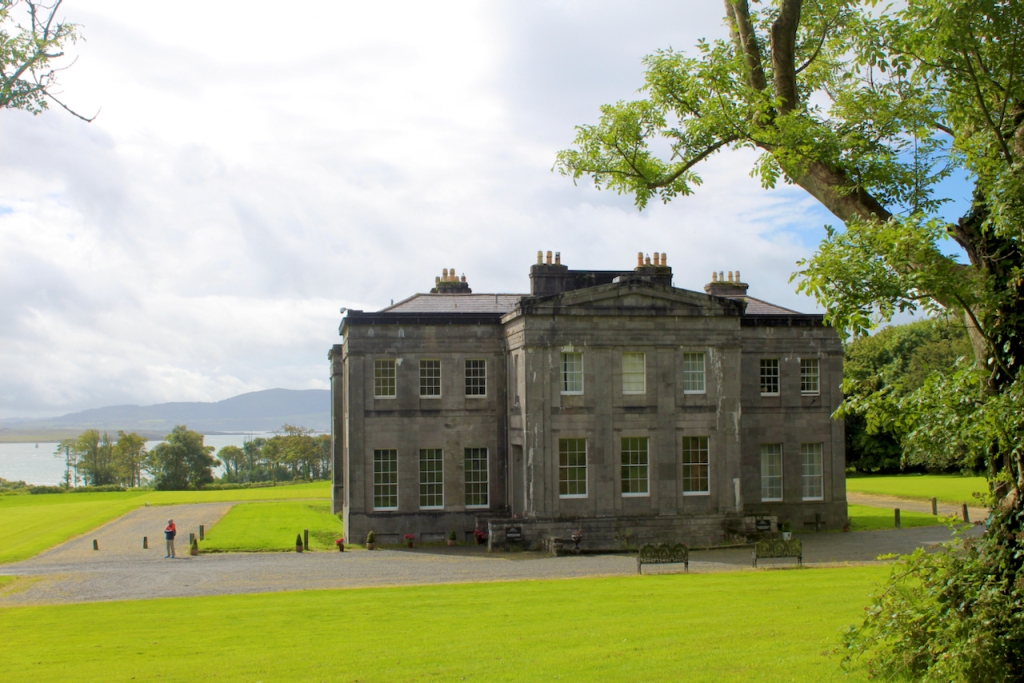
www.lissadell.com
Open dates in 2024: June 1-3, 5-9, 12-16, 19-26, 26-30, July 1-31, Aug 1-31,10.30am-6pm
Fee: adult €16 but discounted for groups, OAP/student €13.50, child over 5 years €8, group discounts €13
See my entry https://irishhistorichouses.com/2023/04/27/lissadell-house-gardens-lissadell-ballinfull-co-sligo/
4. Markree Castle, Collooney, Co Sligo – section 482
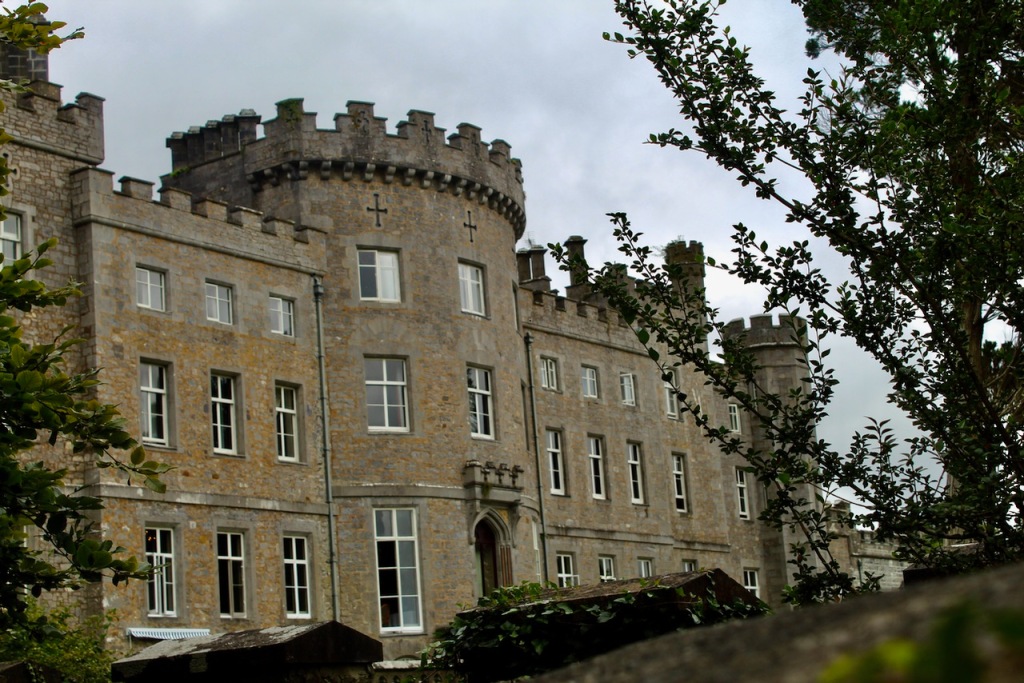
See my entry:
https://irishhistorichouses.com/2021/11/06/markree-castle-collooney-co-sligo/
http://www.markreecastle.ie
Open dates in 2024: June, July, Aug, 12 noon-4pm
Fee: Free to visit. Check beforehand as may be booked for wedding or event.
5. Markree Castle Home Farm, Collooney, County Sligo – section 482
Open dates in 2024: June 1-30, July 1-31, closed Sundays, Aug 1-31, Sept 2-30, closed Sundays 10am-4pm
Fee: Free
6. Newpark House and Demesne, Newpark, Ballymote, Co. Sligo F56 X985 – section 482
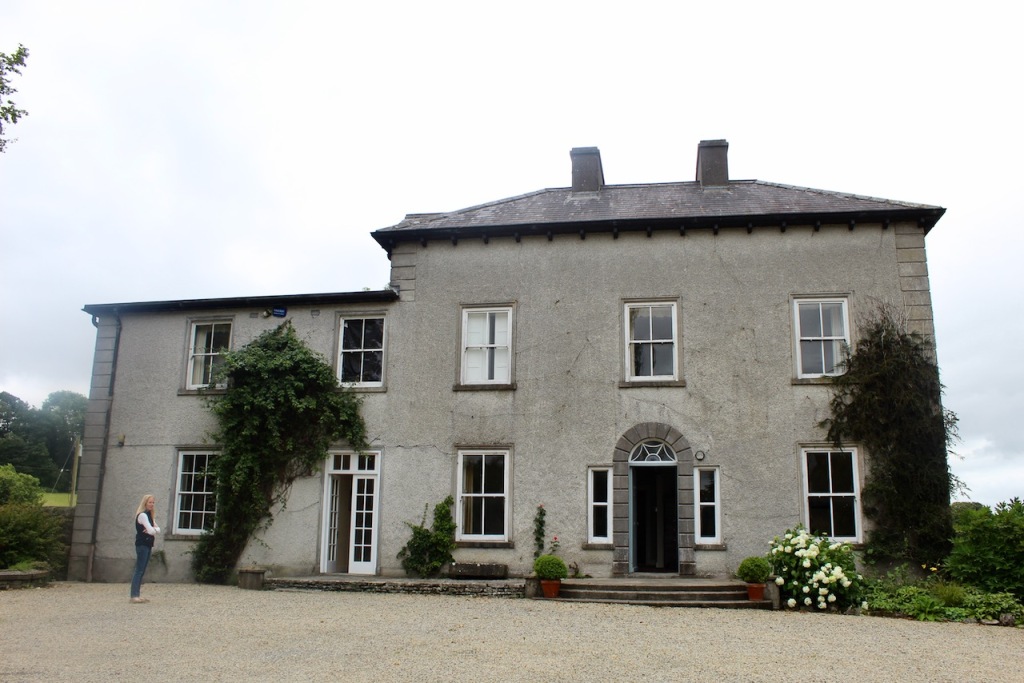
See my entry:
https://irishhistorichouses.com/2021/11/30/newpark-house-and-demesne-newpark-ballymote-co-sligo/
Open dates in 2024: Jan 22-26, 29-31, Feb 1-2, 26-29, Mar 1, 4-8, May 14-18, 20-25, 27-31, June12-16, 19-23, 24-25, Aug 14-25, 9.30am-1.30pm
Fee: adult €7, OAP/student €5, child free
7. Rathcarrick House, Rathcarrick, Strandhill Road, Co. Sligo F91 PK58 – section 482
Open dates in 2024: June, July, Aug, Tue-Sat, National Heritage Week, Aug 17-25, 2pm-6pm
Fee: free
Places to stay, County Sligo:
1. Annaghmore, Colloony, County Sligo €
https://www.annaghmore.ie/history

We stayed here during Heritage Week in 2021 and will be visiting again in 2022! You can book to stay with the owners on airbnb.
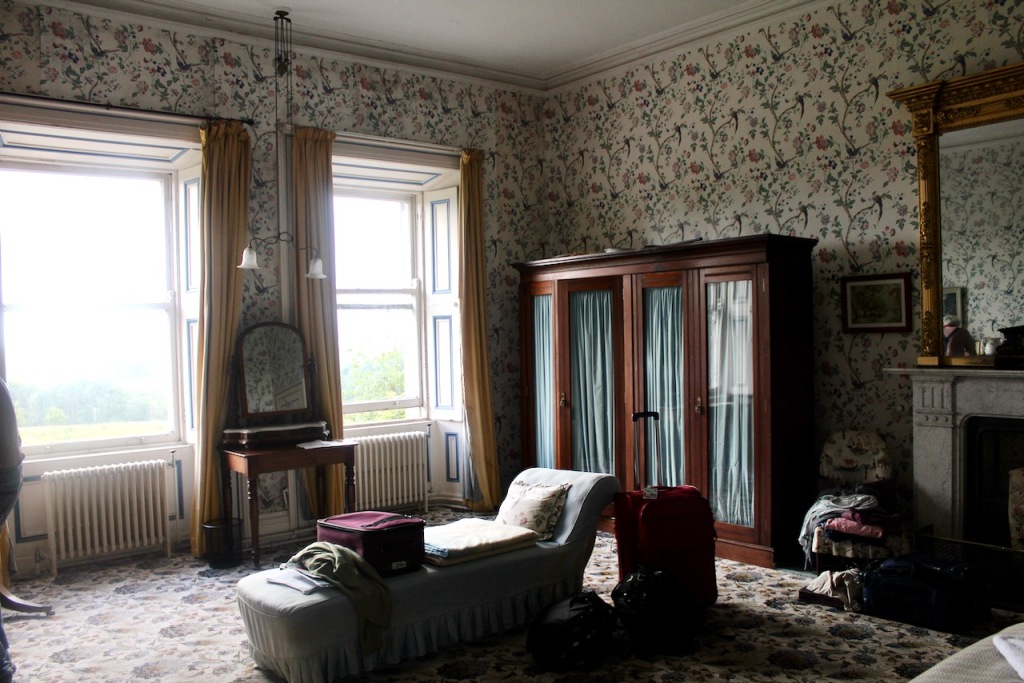
The website tells us:
“The O’Hara’s were Chiefs of Luighne, an extensive territory in the County of Sligo, and maintained an independent position down to the time of Oliver Cromwell. The family have always had a residence on the present site, as well as castles at Castlelough, Memlough and other parts of Leyne prior to the modern Annaghmore house being built in the 1790s. The house was dramatically added to in the 1830s and again in the 1870s by architect James Franklin Fuller, to form the unusually restrained classical house it is today. We are one of the very few original old Gaelic families to still live in the family seat. Over generations The O’Hara’s have made a profound contribution to Irish history both at home and abroad; holding important roles in politics, the military, religious, cultural and sporting arenas. Annaghmore is a living testimony to the family’s achievements and steadfast commitment and love for the people of Sligo, well documented through manuscripts, paintings, personal diaries, maps and photographs still very much visible within the house today.“
Mark Bence-Jones tells us (1988):
p. 4. “[O’Hara] A house of ca. 1820, consisting of a 2 storey 3 bay centre with single-storey Ionic portico and single-storey 2 bay wings, greatly enlarged ca. 1860-70 by C. W. O’Hara to the design of James Franklin Fuller; the additions being in the same late-Georgian style as the original house. The wings were raised a storey and extended back so that the house had a side elevation as high as the front and as long, or longer, consisting of 1 bay, curved bow, 3 further bays and a three-sided bow. At the same time, the fenestration of the original centre was altered, paired windows being inserted into the two outer bays instead of the original single window above a Wyatt window. All the ground floor windows except for those in the three sided bow have plain entablatures over them. Parapeted roof. Short area balustrade on either side of centre. Curved staircase behind entrance hall. Doorcases with reeded architraves and rosettes.” [1]
2. Schoolhouse at Annaghmore, County Sligo € for 3-4
The Schoolhouse in Annaghmore was built in the 1860s to educate local children.
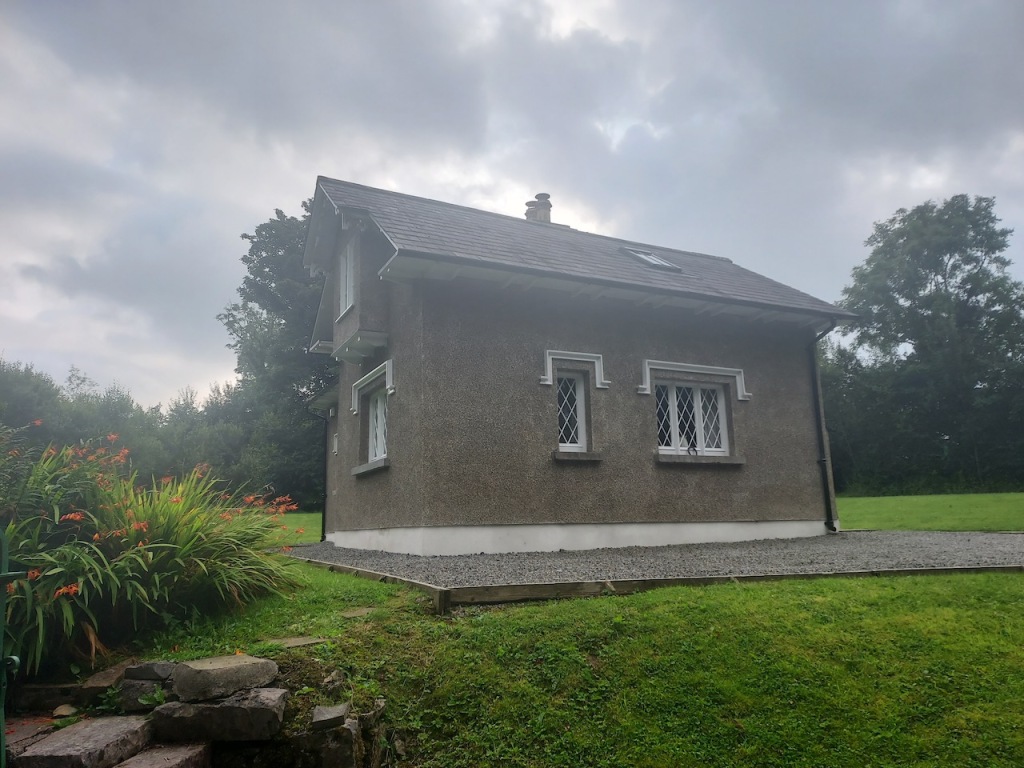
3. Ardtarmon Castle, Ballinfull, Co Sligo – accommodation
https://www.ardtarmoncastle.com
The website tells us: “Spend Your Holidays or your Honeymoon in a Castle at Seaside in Ireland – All Apartments in our Castle are South Facing with view to the Sea – Self Catering Holiday and Honeymoon Apartment in an Irish Castle.“
The National Inventory tells us Ardtarmon is multiple-bay two-storey rendered castle built c. 1640. Oblong plan, circular towers to north and south ends of main east elevation and centre of west elevation, seven-bay two-storey extension c.1995 with corner turret to south-west, bawn to west. “This national monument is a transitional early-seventeenth century semi-fortified house. Although extensively renovated for residential use, the castle has retained many of its original features.
“… Ardtarmon Castle which commanded the sea approaches to Sligo town when first built around 1648. Its founder Sir Francis Gore was a distant ancestor of Constance Gore-Booth and founder of the Gore Booth family. It was the original home of the Gore-Booths before they moved to Lissadell in the early 18th century after a fire burned Ardtarmon to the ground. It is one of the two buildings built in the style of the Cromwell period that survive in the area. The other is Park’s Castle on the Shores of Lough Gill in Co. Leitrim.
“Rebuilt in the late 20th century to its former glory by Holger & Erika Schiller the castle now offers state of the art luxury self-catering accommodation, with design and interiors faithful to the original but with modern day comfort including under floor heating and dishwashers in all apartments.”
4. Castle Dargan Lodges, Ballygawley, Co. Sligo, Ireland
The website tells us: “Welcome to Castle Dargan Estate, a magnificent, rambling country estate on 170 rolling acres in W.B. Yeats’ beloved County Sligo. The great poet was inspired to write of its charms in The King of The Great Clock Tower and a hundred years later we invite you to be enchanted by a timeless elegance and unique atmosphere that will stay with you forever.
“Accommodation at Castle Dargan Estate offers guests a diverse range of 4-star hotel accommodation including luxury suites in the 18th century Castle Dargan House, one and two bed Walled Garden Suites which are perfect for family breaks, and self-catering lodges available for holiday rentals. With a rich history brought in to 21st century, Castle Dargan Estate offers more to our guests than hospitality and fantastic settings, it offers classic grandeur that remains timeless.“
The website also tells us about Castle Dargan’s history:
“Castle Dargan: I liked the place for its romance.” – W.B.Yeats
“Beautifully situated, having delightful views of the surrounding scenery and the mansion house being suitable for the residence of a gentleman of the highest respectability.” – Patrick E. O’Brien
“Such was the description of Castle Dargan prior to public auction in 1875, lands that has been residence to many during five millenia. Extensive archaeological remains bear witness to a continuity; stone age burial sites on the heights of Sliabh Daeane to the north, a possible henge ritual site, bronze age cooking and washing sites, and until recently unknown souterrain – the underground refuge and foodstore of early medieval farmers, and ring forts beside the 5th fairway and on the high ground above the 18th hole. The old castle area, a complex of habitation from the 15 to 18 centuries and built on an earlier cashel or stone-built ring fort, has not yet been interpreted satisfactorily.
“By the early 14 century, the MacDonaghs ruled the barony of Tirerrill, that eastern half of Sligo that stretches from the southern shores of Lough Arrow to Castle Dargan. In a dispute of 1422 over the strategic construction of a castle by Conor MacDonagh of Collooney – Castle Dargan was subject to Collooney – the castle was captured by an army of O’Neill and O’Donnell forces, allies of the Castledargan MacDonaghs; which having partaken of overnight hospitality in Castle Dargan, returned north the following day. On a return visit in 1516 another O’Donnell raided Sligo taking several castles, among them and took hostages.
“Following the submission of O’Conor Sligo to Queen Elizabeth in 1585, the MacDonaghs found themselves paying fees to the Crown and liable to fines or confiscation. The Collooney family became one of the leading Gaelic families representing Sligo in the early 1600s, a period which ended with the death in rebellion of its leader Brian Óg MacDonagh in 1643.
“In the aftermath of the subsequent Cromwellian Wars, the MacDonaghs withdrew into modest circumstances or returned to a tradition of military service in continental armies. Castle Dargan lands were split between three owners, Coote, Crofton and the Strafford & Radcliffe estate which later sold its interest to the Burton family, ancestors of the Cunninghams of Slane. The new ownership provided the opportunity in 1687 for the arrival in Castle Dargan of Stephen Ormsby, great-grandson of an Elizabethan soldier, Thomas Ormsby of Lincolnshire, who had married well in Mayo.
“The Castle Dargan Ormsbys leased rather than owned land for several generations. William, Stephen’s grandson, married well during the 1740s, his wife bringing the 408 acres of nearby Knockmullen as a dowry. Having renewed the lease of Drumnamackin ‘called commonly the name of Castle Dargan’ in 1749 he was recorded as paying a chief rent of £3 for it in 1775; during those intervening years Castle Dargan had obviously come into full Ormsby ownership. Subsequently, he took out a lease on three townlands for 400 years in 1781.
“Reflecting these improved circumstances, William built the original Castle Dargan House in the second half of the eighteenth century. He also developed the demesne, its farmlands and, probably, the walled and ornamental gardens in the castle area. He died in 1784 ‘deservedly lamented’ and was succeeded in turn by each of his sons, Nicholson and Thomas, both of whom died unmarried, and William who was in turn succeeded by his son, John.
“John, the most public person of the Castle Dargan Ormsbys was elected a Burgess of Sligo Borough in 1824, appointed Provost in 1829 and 1839, High Sheriff of the county in 1834 and was regularly a Grand Juror of the Assizes. He was a founder member of and contributed to the first Famine Relief Committee of 1846 and served over many years as a Resident Magistrate. He died in 1870 and was succeeded by his son, Nicholson, who survived him by one year only and by his grandson, John Robert, the last Ormsby of Castle Dargan House.
“In John Robert’s time, the young W.B. Yeats visited Castle Dargan House ‘where lived a brawling squireen’, married to one of his Middleton cousins; Mary Middleton was married to John Robert. It was, as he said, “the last household where I could have found the reckless Ireland of a hundred years ago in final degradation. But I liked the place for the romance of its two castles facing one another across a little lake, Castle Dargan and Castle Furey”; the Ormsbys were well-known for their country pursuits.
“They had historically taken a dramatic place in Irish folklore when it is recorded that a group of Elizabethan adventurers, arriving by boat on a western shore, were promised a grant of land to the first to set foot on land. Ormsby, a veteran of the continental wars cast his cork-leg ahead of him, wading ashore at his leisure.
“Cock-fighting in the Sligo of 1781 was noted in reporting the rivalry of Nicholson Ormsby and Philip Perceval of Temple house, in which Ormsby lost the princely prize of two hundred guineas. Nicholson’s reputation was such that, Archdeacon O’Rorke, writing his otherwise sober in 1889, made an exception in the case of Nicholson Ormsby, recounting tales of his practical jokes, for which he had some notoriety.
“Over many years the Ormsbys had participated in Sligo horse-racing, its gentlemen and young ladies remarked upon among the attendance of the ‘beauty and fashion of the County’ at such gatherings, their racing successes beginning at the first festival of racing at Bowmore in Rosses Point in September 1781. This love of horses continued with the hunt and the hosting of several times a season. Ormsby hospitality was once remarked upon when, following ‘as good a run on so fine a day as any could wish for’, the hunting party ‘came to lunch at Castle Dargan House, where the usual hospitality of the owner was taken every advantage of’.
“Inevitably, stories of Castle Dargan and Ormsby exploits made their way into Yeats’s works. Reflecting the folklore of spectral dancers in well-lit ruins; the royal attendant of, more than half a century later, sang –
O, but I saw a solemn sight;
Said the rambling, shambling travelling-man;
Castle Dargan’s ruin all lit,
Lovely ladies dancing in it.
High over Castle Dargan on Sliabh Daeane – the mountain of the two birds – is the passage tomb of Its name recalls the legend of The Old Woman of Beara – Bird Mountain Clooth-na-BareThe Hosting of the Sidhe
The host is riding from Knocknarea
And over the grave of Clooth-na-bare;
Caoilte tossing his burning hair,
And Niamh calling Away, come away …
“An event, not recalled in genealogies, in which an Ormsby daughter is said to have eloped with a groom, married and happily raised a family in nearby Coolaney, is reputedly evoked in; an event which may be reflected when the old man tells his son;
“My mother that was your grand-dam owns it, This scenery and this countryside kennel and stables, horse and hound –She had a horse at the Curragh, and there met my father, a groom in a training stable, looked at him and married him.Her mother never spoke to her again,
“By March 1875 a series of financial reversals finally forced the sale by the Landed Estates Court of the various Ormsby interests in almost 2000 acres. Castle Dargan was bought for £12,000 by William Middleton, Mary Ormsby’s father, with a five year £10,000 loan from Andrew Hosie, a successful miller of Dromahair.
“William Middleton died in 1882, the loan unpaid and John Robert Ormsby having departed unexpectedly and alone for the United States. The 959 acres of Castle Dargan were auctioned in September 1883, Andrew Hosie being the sole bidder and Mary Ormsby and her family of seven children retired to Elsinore, a Middleton property in Rosses Point. A daughter, Amy Frances Vernon, subsequently achieved fame as a County Sligo lady golfer winning Irish and South African Ladies’ Championships; Larry (Arthur) Vernon, her husband, won the inaugural West of Ireland Championship at County Sligo Golf Club in 1923.
“Andrew Hosie died in1888, having already vested Castle Dargan in his nephew, John, in December 1883. Following extensive repairs to the house in 1884, the current hall-door entrance and bay-windows were added in 1895. The demesne was farmed by John’s son, James, and grandson, John, until the death of John C. Hosie in November 1997. With the sale of the mountain lands in 1894 to the Coopers of Markree Castle, and of several smaller sections in the intervening years, the remaining 145 acres of Castle Dargan demesne and the nineteen acres of Carrigeenboy near the gate-lodge were sold in 1998 by Mrs Kathleen Hosie to Dermot Fallon of Ballinacarrow, Co. Sligo.
“With that, the continuous occupation of three families over almost six centuries was finally drawn to a close.”
5. Carrowcullen old Irish Farmhouse, County Sligo
https://hiddenireland.com/house-pages/old-irish-farmhouse-carrowcullen/
The website tells us:
“Carrowcullen: The Old Irish Farmhouse is an 1880s six room stone traditional farmhouse, with a low hipped slate roof which drew from earlier building traditions of the 1820s/1830s and offers a ‘walk back in time’ experience so that when visitors arrive they enter the farmhouse kitchen, as they would have in the past and find themselves at centre the house as would have happened traditionally.
“On the first floor, the Carrowcullen: Old Irish Farmhouse offers a master bedroom, twin bedroom, a small bedroom and a bathroom with Victorian cast-iron bath with overhead shower and cast-iron cistern. On the ground floor is the kitchen, flanked on either side by the parlour and sitting room. The master and twin bedrooms have sinks. On the ground floor the sitting room also has a single bed, sink and toilet, in the event that guests may not be able to manage the narrow and irregular original stairs. The kitchen has a Stanley 8 stove (matching the original), gas cooker, microwave and toaster. An under-stairs cloakroom is off the kitchen provides additional flexibility for guests. An immersion heater provides hot water when the boiler is not being used for heating.
“The Old Irish Farmhouse offers a ‘walk back in time’ experience: the fridge, microwave, dishwasher are hidden, so that when visitors arrive they enter the farmhouse kitchen, as they would the centre the house traditionally. Antique furniture, furnishings and sanitary ware are appropriate with the house’s age and some are original to the house.
“Situated in Co Sligo, Carrowcullen: The Old Irish Farmhouse is set today on the fourteen acres of rugged farmland along the Wild Atlantic Way and set well back from a quiet country lane, the farmhouse is accessed by a private lane (with public access) which links with a forestry lane, providing for an easy ‘loop’ walk. Two natural springs are in the east and west pastures, and a river, the Ardnaglass runs on two sides of the east pasture; it runs from Loch Acree on Ladies Brae ultimately flowing to Dunmoran Sands. The farmhouse has spectacular views of the Ox Mountain ranges & Knocknarea. Intentionally , the Old Irish Farmhouse is embodied as a living house – as it always had been– not a ‘replica’ which would arbitrarily ‘assign’ ‘a ‘date’ to the house, from which eliminating decisions and associations would cascade. As a living house, it contains artwork associated with my family and with my family’s and my connections with American artists from the 1970 onwards and with the Swedish arts and crafts traditions. (I crochet lace using my Swedish grandmother’s patterns and paint ordinary objects with flowers inspired by those on Carrowcullen’s pastures, in the Swedish tradition; Carrowcullen gifts are available to purchase).
“Carrowcullen: The Old Irish Farmhouse meets with the ‘Fáilte Ireland Welcome Standard’ and promotes sustainability and recycling as an integral part of the ‘message’ and ‘dialogue’ of Carrowcullen as re-envisioned since 2016. Biodiversity projects record plant, animal and bird species and precise times of year they appear and guests may contribute to this recording, should they so wish.
“Come stay and experience late 19th c objects and farmhouse life at Carrowcullen!
“Carrowcullen: The Old Irish Farmhouse is set on an east west axis with its south gabled end facing Ladies Brae, a dramatic steep passage on the Ox Mountains, from which fierce winds and rain sweep. The Sligo walking trails are directly accessible from the house and the quiet country lane. Beaches such as Dunmoran Strand and Aughris Head (with the Beach Bar) are minutes drive away. Nearby, Beltra Country Market on Saturday mornings offers home-produced food and vegetables in addition to crafts and activities. Other activities in the area include Surfing and horseriding. Local shops (Collery’s and Ardabrone) service the area. The anticipated nearby Coolaney National Mountain Bike Centre will soon be opening. The Skreen Dromard guild of the Irish Countrywomen’s Association meets on Wednesday evenings and welcomes guest visitors! With prior arrangement, guests may experience the daily sheep herding and checks. Carrowcullen also offers visitors an opportunity to engage with our roaming hens and quails who provide fresh eggs which are available to purchase and not forgetting the flock of Japanese and Jumbo Italian quails.“
6. Coopershill House, Riverstown, Co. Sligo – section 482
http://www.coopershill.com
Tourist Accommodation Facility Open May-October. See website for opening times.
See my entry: https://irishhistorichouses.com/2022/01/11/coopershill-house-riverstown-co-sligo/
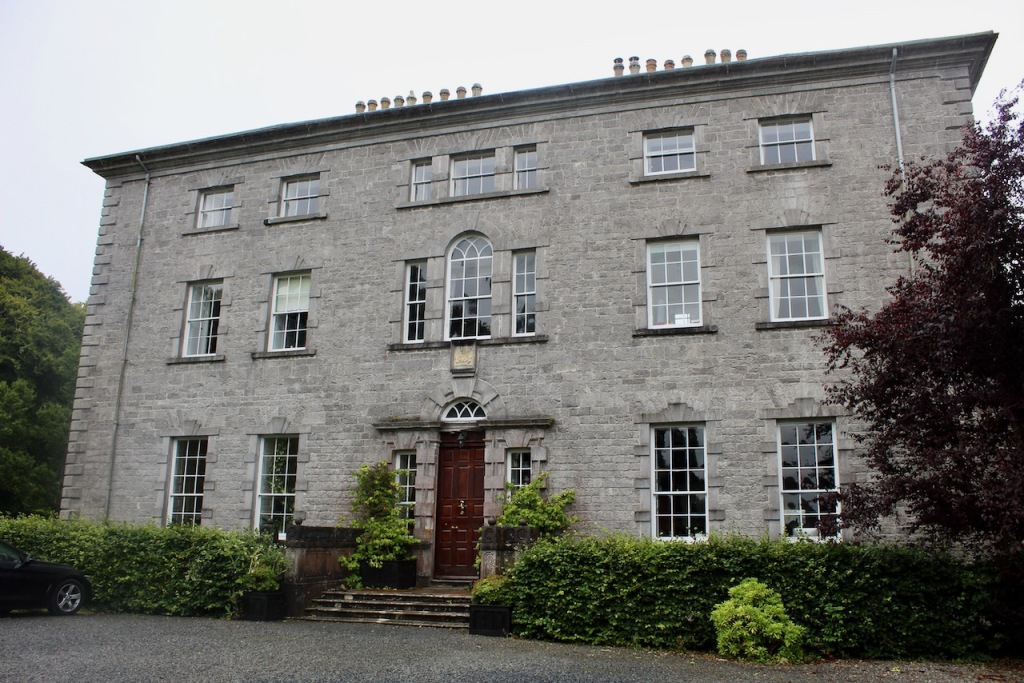
7. Lissadell rental properties, County Sligo
http://lissadellhouse.com/lissadellrentals/
8. Markree Castle, Collooney, Co Sligo – section 482, see above
https://irishhistorichouses.com/2021/11/06/markree-castle-collooney-co-sligo/
9. Newpark House and Demesne, Newpark, Ballymote, Co. Sligo – section 482, see above
https://irishhistorichouses.com/2021/11/30/newpark-house-and-demesne-newpark-ballymote-co-sligo/
10. Temple House, Ballymote, Co. Sligo F56 NN50 – section 482
www.templehouse.ie
Tourist Accommodation Facility
Open for accommodation: April 1-October 31
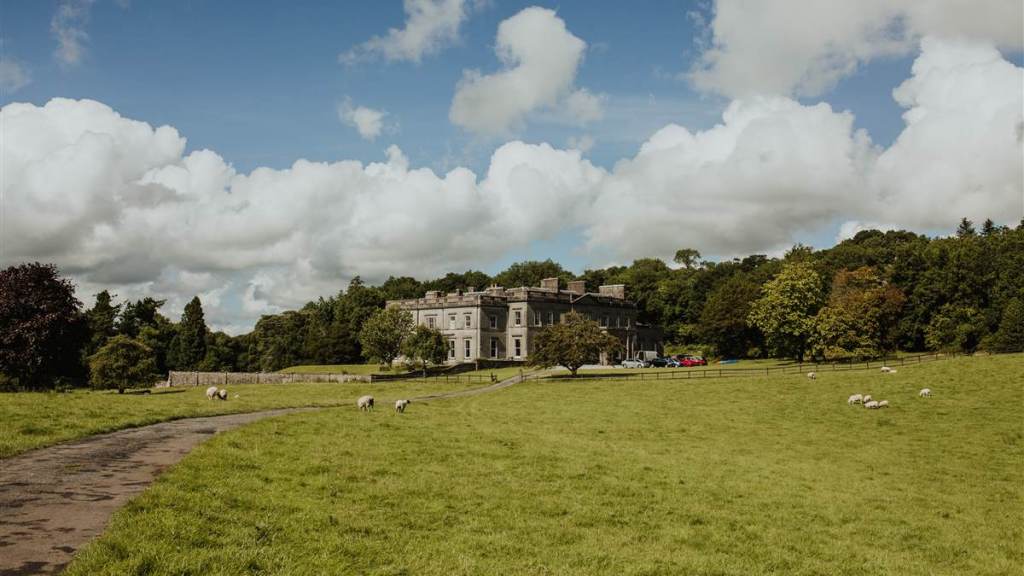
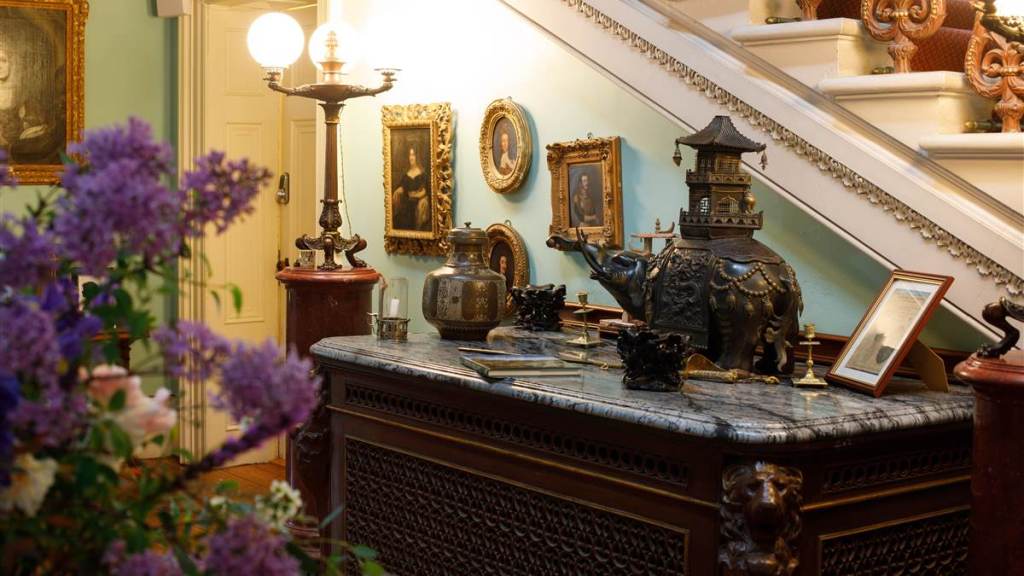
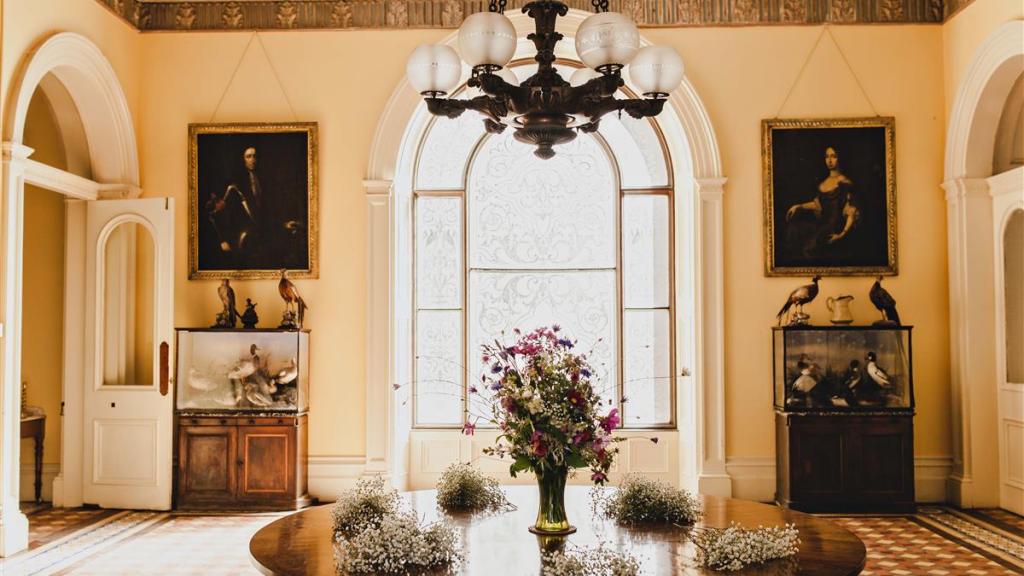



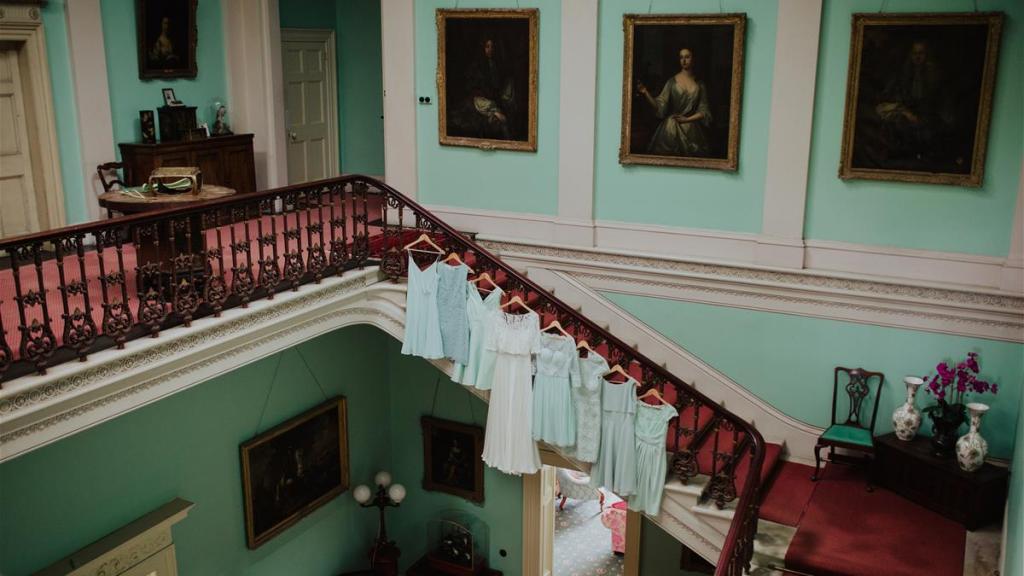
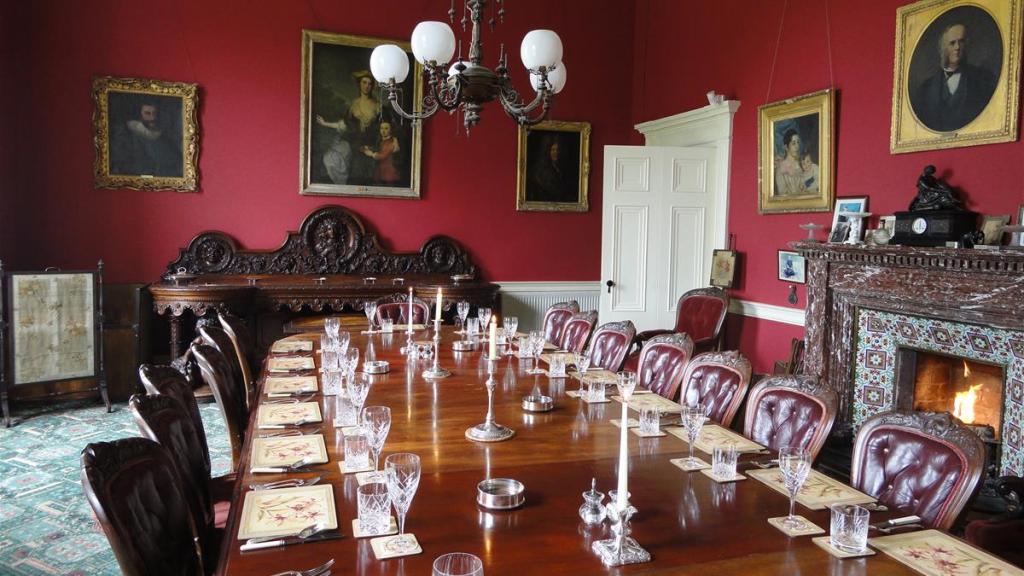
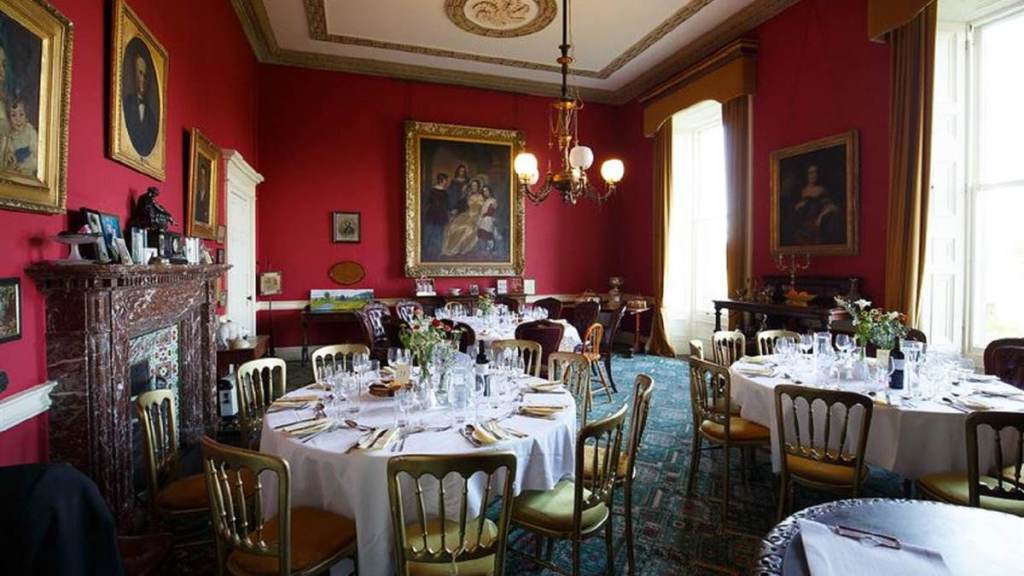
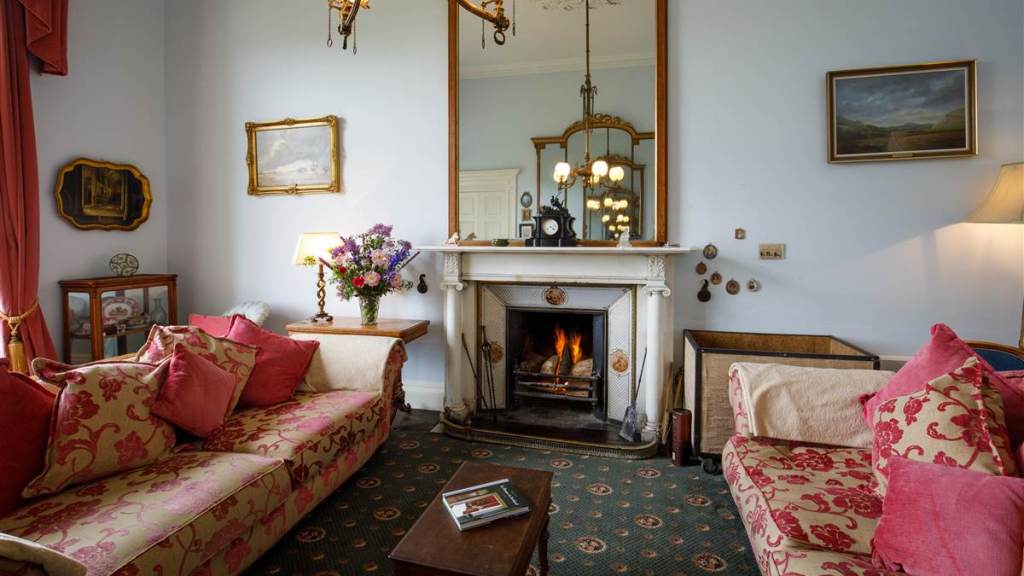
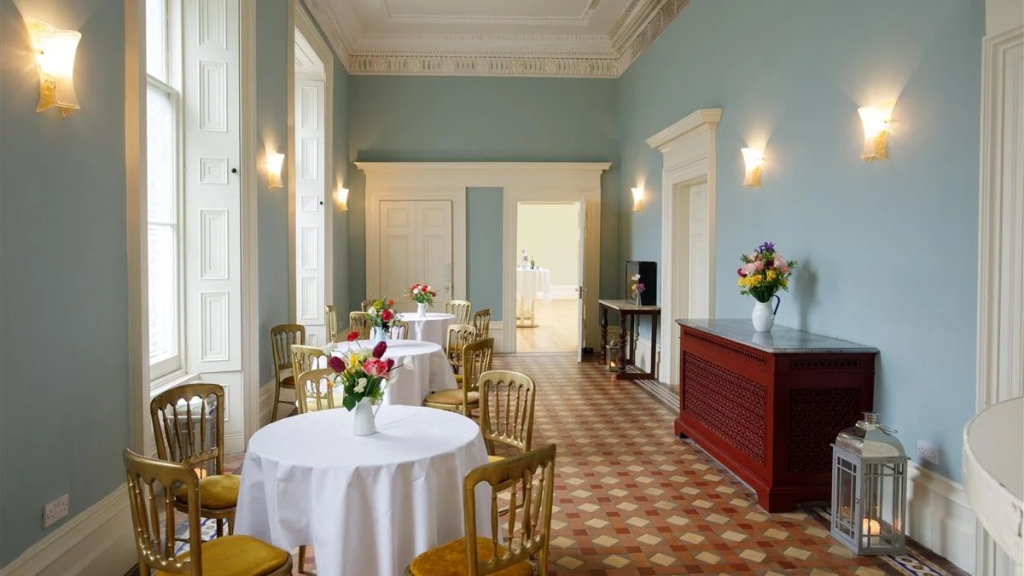

and Gardener’s Cottage, https://hiddenireland.com/house-pages/temple-house/the-gardeners-cottage/
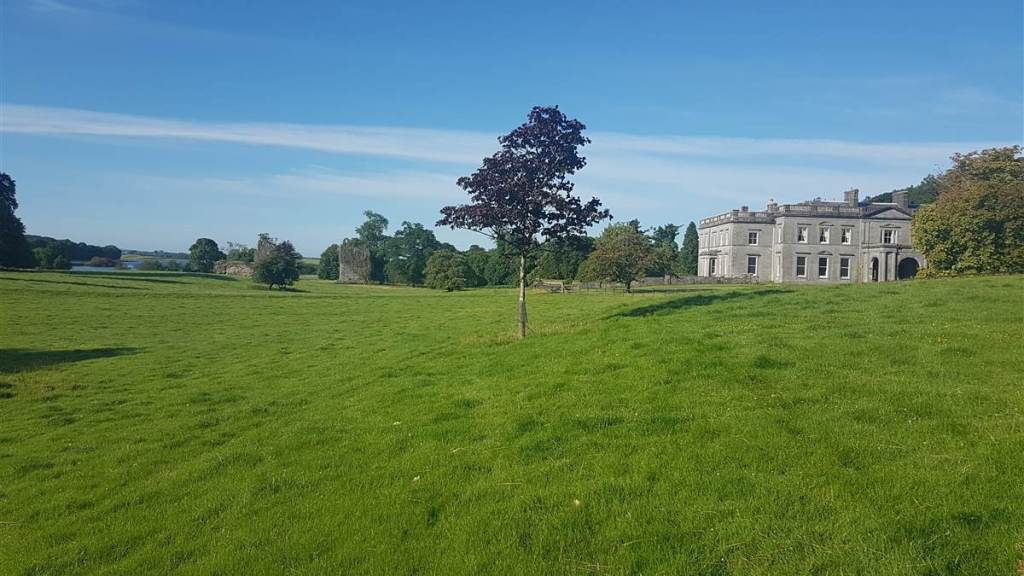
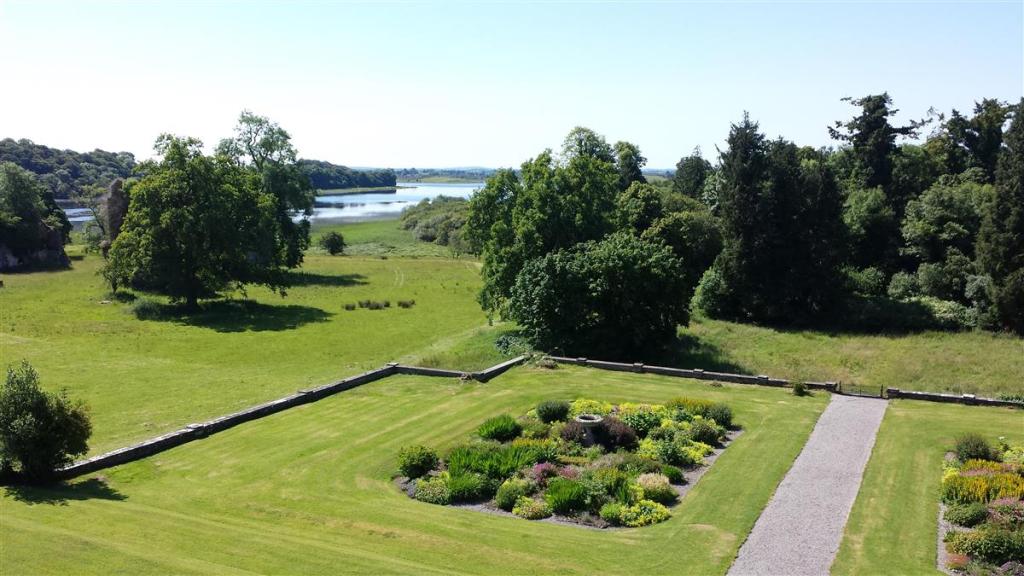
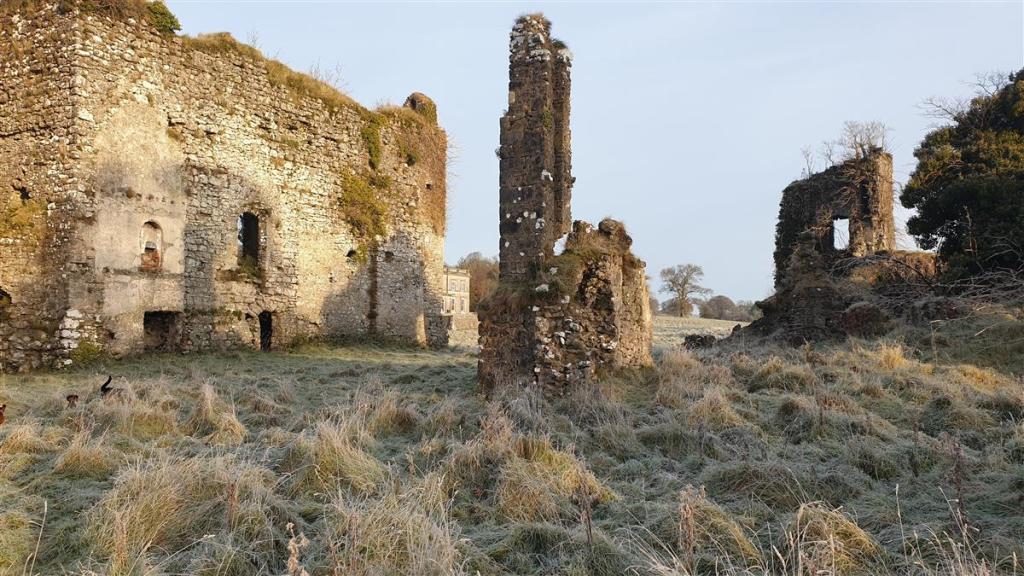
[1] Bence-Jones, Mark. A Guide to Irish Country Houses (originally published as Burke’s Guide to Country Houses volume 1 Ireland by Burke’s Peerage Ltd. 1978); Revised edition 1988 Constable and Company Ltd, London.